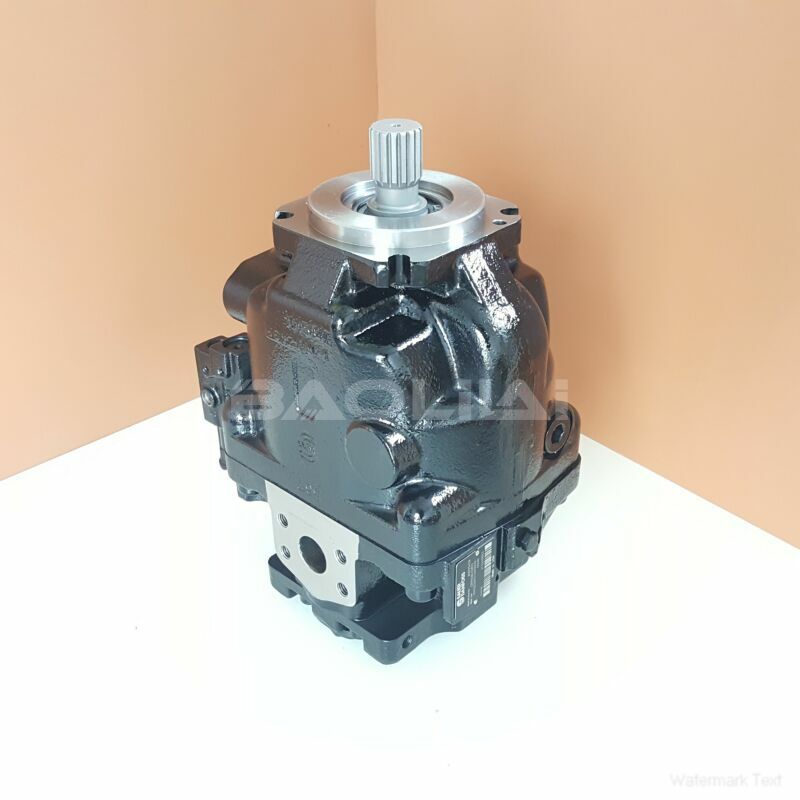ERL130BBC31NNNNN3S4NLA1NAAANNNNNN hydraulic oil pump
ERL130BBC31NNNNN3S4NLA1NAAANNNNNN hydraulic oil pump

- Product Details
- Applicable Scene
Additionally, proper workflow design and the use of throttling devices can help control fluid flow and pressure within the system. Utilizing flow meters and control valves allows operators to adjust flow rates and maintain stable pressure levels. Implementing these controls can avoid unexpected spikes in pressure that may occur during operation.
ER-L-130B-BC-31-NN-NN-N-3-S4NL-A1N-AAA-NNN-NNN
ERL130BBC31NNNNN3S4NLA1NAAANNNNNN
Operator training plays a significant role in maintaining safe pressure levels in plunger pumps. Ensuring that staff members understand the pump’s operation, the risks associated with overpressure, and the procedures to follow in case of an emergency is crucial. Well-trained operators can effectively monitor systems and respond to issues promptly, reducing the risk of damage.

83001273
Lastly, consider incorporating advanced technologies such as predictive maintenance and automation. Utilizing software that analyzes historical data and predicts possible failures can help in taking preventative measures before a pressure issue arises. Automation can also enhance system control, allowing for more precise management of pressure levels.
In conclusion, preventing overpressure in plunger pumps requires a multifaceted approach that includes appropriate selection, regular maintenance, the installation of pressure relief valves, continuous monitoring, effective workflow design, comprehensive operator training, and leveraging advanced technologies. By implementing these practices, businesses can ensure safer, more efficient operations and extend the lifespan of their plunger pumps.





